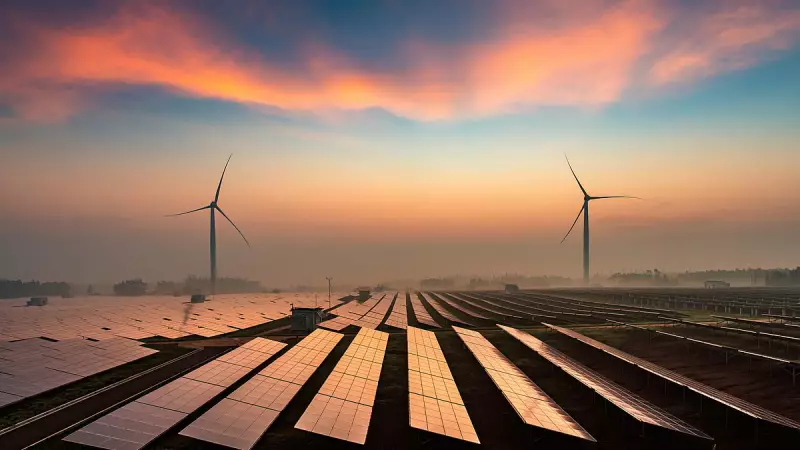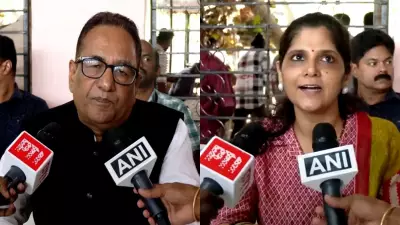
India stands at a critical juncture in its energy journey, where simply enacting new laws won't be enough to power the nation's ambitious growth trajectory. While legislative changes like the Electricity (Amendment) Bill have dominated discussions, the real transformation must happen at a more fundamental level.
The Ground Reality of Power Distribution
The heart of India's electricity challenges lies with its distribution companies (discoms), which continue to struggle with operational inefficiencies and financial instability. Despite various government schemes and interventions, many discoms remain trapped in a cycle of losses that ultimately affect every consumer and business.
The situation demands more than just legislative tweaks - it requires a complete reimagining of how we generate, distribute, and consume electricity.
Key Areas Demanding Immediate Attention
Modernizing Distribution Infrastructure
India's power distribution network needs significant technological upgrades to reduce transmission losses and improve reliability. Smart grids, advanced metering infrastructure, and digital monitoring systems can revolutionize how electricity flows across the country.
Financial Sustainability of Discoms
The perennial problem of discom losses requires structural solutions beyond bailout packages. This includes improving billing efficiency, reducing power theft, and ensuring timely tariff revisions that reflect actual costs.
Integrating Renewable Energy
As India pushes toward its renewable energy targets, the grid must evolve to handle intermittent sources like solar and wind. This requires investment in grid stability, energy storage solutions, and flexible power procurement mechanisms.
The Consumer-Centric Approach
The future of India's power sector must prioritize consumer needs while ensuring sustainability. This means:
- Providing reliable 24/7 electricity across urban and rural areas
- Ensuring transparent billing and responsive customer service
- Offering choices through open access and multiple supplier options
- Maintaining affordable tariffs while covering operational costs
The Road Ahead: Comprehensive Reform Strategy
True transformation requires a multi-pronged approach that combines regulatory changes with operational improvements and technological adoption. State governments, regulatory bodies, and private sector players must collaborate to create a power ecosystem that can support India's economic ambitions.
The time has come to look beyond legislation and focus on implementation, innovation, and integration to build a power sector that truly empowers India's future.





